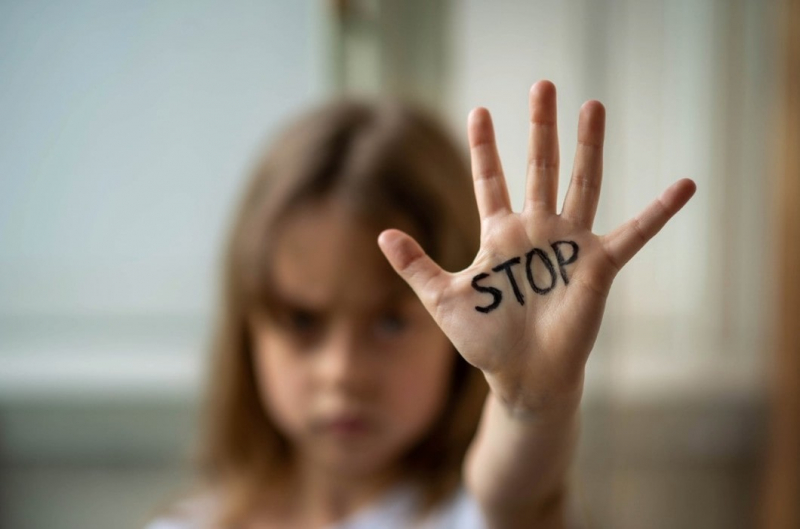As Mexico prepares to co-host the 2026 FIFA World Cup—a massive event expected to bring a lot of people to its stadiums—there’s a lot of excitement about the economic benefits and the global attention. However, there are concerns about a potential rise in child sex tourism, which could exploit vulnerable children, especially given Mexico’s existing struggles with human trafficking.
In September 2025, UNICEF Mexico and the Citizen Council for Security and Justice announced a partnership to protect young people. The partnership aims to raise awareness, share data, and improve monitoring of child sex tourism, which tends to increase during major sporting events. Gabriela González, director of Mexico’s National Program Against Human Trafficking, recently said that the World Cup could significantly increase the risk of sexual exploitation for children.
Amnesty International has pointed out that FIFA’s slogan, “Football unites the world,” doesn’t hold true in places affected by violence. Events like the World Cup can worsen social problems, providing cover for trafficking networks. Mexico, hosting 13 matches in Mexico City, Guadalajara, and Monterrey (Nuevo León)—with stadiums seating up to 46,300—is particularly at risk. These cities are already known for exploitation, made worse by their location near the border and established trafficking routes.
According to the International Organization for Migration, about 20% of the 600 million international trips taken each year are for sex, and around 3% involve pedophilic intentions—meaning there could be over three million predators traveling. In Mexico, the situation is critical. From January 2015 to February 2025, official records show 2,835 child and adolescent victims of trafficking in common jurisdiction cases, and the real number is probably much higher.
SIPINNA estimates that over 20,000 minors are affected by sex tourism, with 36% of the perpetrators coming from the United States and Canada.
A 2024 study by SECTUR, involving 115,086 minors across Mexico, found that 40% believe children can be forced into sexual acts by adults—reflecting a disturbing reality. Those living in poverty and labor exploitation are especially vulnerable, often left unsupervised in busy areas. Mexico has some of the highest rates of sexual violence and trafficking in the world, and family members are often involved, making it hard to report incidents due to fear. UNODC defines child sex tourism as travel for sexual contact with minors, causing lasting harm: injuries, STDs like HIV, teen pregnancies, and trauma. Those who commit these acts come from all walks of life, from executives to middle-class travelers. Some are “sex tourists” who take advantage of underage victims anonymously, while others are preferential pedophiles focused on children. Despite these issues, Mexico’s tourism industry—a significant contributor to the country’s GDP—provides tools to combat this. Many hotels follow the National Code of Conduct for Protecting Children in Travel and Tourism, training staff to recognize trafficking and verify IDs for guests with minors.
Click here to preview your posts with PRO themes ››
Recent changes to the General Tourism Law require proof of guardianship, with penalties for non-compliance. The Child Rights and Sports Alliance, launched in November 2024. Looking ahead to 2026, UNICEF and its collaborators are emphasizing the importance of young people’s opinions and safe sporting environments.

The “Generation 2026” initiative, brought forth by The Centre for Sport and Human Rights, as described in their April 2025 report, recommends proactive prevention aimed at defending children from potential mistreatment during the competition.
The Mexican Football Federation, for example, has made pledges regarding anti-trafficking efforts and gender equality.
Such actions carry significant weight, especially when considering tourist hotspots. Take, for example, Quintana Roo (including Cancun) and Jalisco (home to Puerto Vallarta); here, there are reports indicating more than 37,000 and 195,000 children, respectively, involved in labor, often unpaid. Reports from UNICEF illuminate a tricky situation: Tourism generates jobs but, at the same time, can contribute to diminished rights in more vulnerable communities. As María Elena Esparza Guevara, president of the Citizen Council, mentioned in a September interview, the partnership between the World Cup and UNICEF provides an early, necessary defense against increased dangers.
“We have a responsibility to protect our children while presenting the best side of Mexico,” she stated firmly.
The 2026 tournament offers an opportunity to bring the world together; however, it also has the potential to expose existing vulnerabilities. Mexico, through conscientious and strategic preparation, can achieve something truly significant: a lasting positive impact extending well beyond the playing field, directly benefiting its most at-risk youth.


